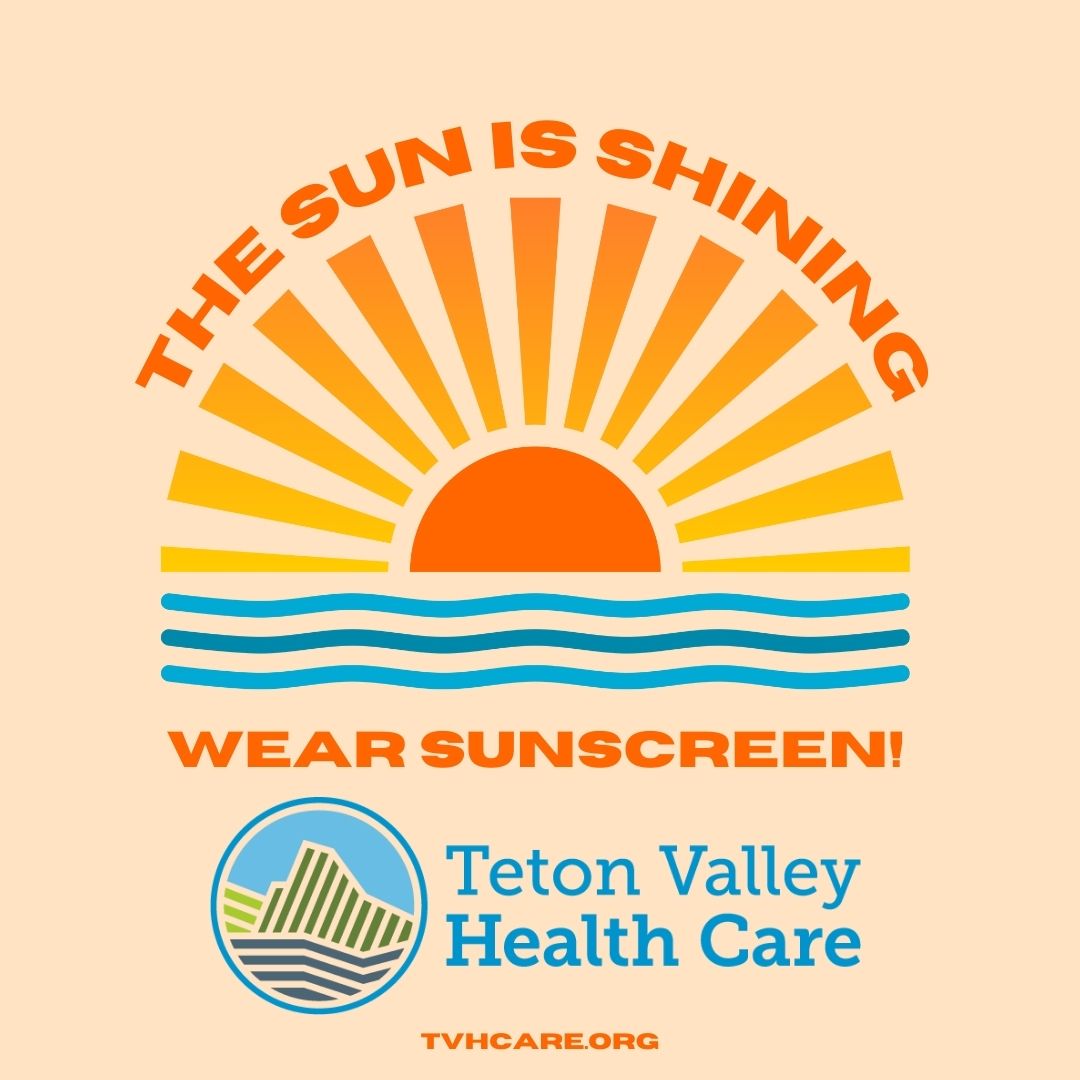
Shield Your Skin: Dr. Lena Gowring’s Top Tips for Summer Sun Protection
With summer and warmer weather on the horizon, it’s crucial to remember that increased outdoor time also means heightened sun exposure. Over years of prolonged exposure and not taking the correct measures to protect your skin, you can have an increased risk of developing skin cancer. In the US, skin cancer is alarmingly prevalent, with approximately 3.6 million basal cell carcinomas, 1.8 million squamous cell carcinomas, and 200 thousand melanomas reported each year. The key to combating this widespread issue is to make sun safety a top priority.
The sun emits two types of radiation that can harm our skin: Ultraviolet B (UVB) radiation, which causes sunburns, and Ultraviolet A (UVA) radiation, responsible for sunburning, tanning, wrinkles, and skin aging. When these types of radiation interact with unprotected skin, they can damage the DNA in our cells. Our immune system can repair this damage more effectively when we’re younger, but prolonged sun exposure and aging make it harder, leading to accumulated mutations and the development of skin cancer.
Protecting your skin and preventing sunburns doesn’t have to be a hassle! With a little preparation and planning, you can enjoy outdoor activities year-round while keeping your skin healthy and beautiful. There are several simple steps you can take to prevent sun damage and make sun safety a part of your routine.
Sunscreen is a familiar method of sun protection. Choosing a sunscreen labeled as broad-spectrum is essential. Broad-spectrum means it protects against both UVA and UVB radiation. Sunscreens containing physical blockers like zinc oxide or titanium dioxide act as shields against the sun’s rays, reflecting them away from the skin. These sunscreens typically offer more coverage against UVA radiation and are suitable for people with sensitive skin. Due to new FDA regulations, sunscreens can no longer be labeled “waterproof” but may indicate water resistance for 40 or 80 minutes. Choosing sunscreen with an SPF of 45 or higher is recommended. If swimming, rafting, or sweating, sunscreen should be reapplied frequently throughout the day.
As part of your sun safety routine, be sure to check the UV index before heading outdoors. The UV index provides valuable information about the intensity of ultraviolet radiation from the sun. It helps you gauge the risk of sunburn. You can find the UV index online, in weather reports, or even on some smartwatches. Below is a simplified UV index chart to help you understand the levels of UV exposure:
- Low exposure (green): 1-2
- Moderate exposure (yellow): 3-5
- High exposure (orange): 6-7
- Very high exposure (red): 8-10
- Extreme exposure (violet): 11+
By consulting the UV index and planning your outdoor activities accordingly, you can take proactive steps to protect your skin and enjoy the sunshine safely. The UV index is crucial for determining the sun protection needed for outdoor outings. It is relevant even in winter months, as it’s not correlated with temperature readings.
Sun-protective clothing is an easy way to safeguard your skin, especially if you’re not fond of sunscreen. Many brands offer such clothing, both online and in stores. When choosing sun-protective clothing, check the Ultraviolet Protection Factor (UPF) on the label. A higher UPF means greater protection from the sun’s rays. For example, clothing with a UPF of 50 blocks 98% of UV rays, while a regular white cotton T-shirt typically has a UPF of 5-8, allowing roughly 20% of UV rays to penetrate. Factors affecting the UPF of clothing include weave density and color; tighter weaves and darker colors offer more protection. It’s important to note that wet fabric can reduce UPF, and sun-protective clothing should be replaced as it wears out, as older garments may be less effective at preventing sunburn.
Investing in sun safety measures is an investment in your long-term health and well-being. By incorporating sunscreen, checking the UV index, and wearing sun-protective clothing, you can enjoy outdoor activities while reducing the risk of sunburn and skin damage. Remember, sun safety is not just for summer; it’s a year-round commitment to preserving your skin’s health. By adopting these simple yet effective practices, you can protect your skin and enjoy the outdoors safely for years!
 If you, or someone you know, has any questions about how you can protect your skin you can come visit Dr. (Lena) Elizabeth Gowring here at TVHC. Dr. Gowring is a board-certified dermatologist and a fellow of the American Academy of Dermatology and the American Society of Dermatologic Surgeons. She understands the importance of protecting your skin while enjoying the beautiful outdoors. As an avid hiker, skier, and fisher, Dr. Gowring can help keep you outside while keeping your skin healthy.
If you, or someone you know, has any questions about how you can protect your skin you can come visit Dr. (Lena) Elizabeth Gowring here at TVHC. Dr. Gowring is a board-certified dermatologist and a fellow of the American Academy of Dermatology and the American Society of Dermatologic Surgeons. She understands the importance of protecting your skin while enjoying the beautiful outdoors. As an avid hiker, skier, and fisher, Dr. Gowring can help keep you outside while keeping your skin healthy.
To schedule an appointment, please call (208)354-2383 or visit www.tvhcare.org.
References:
-
(n.d.). UV Index Overview. Retrieved from https://www.webmd.com/skin-problems-and-treatments/uv-index-overview
-
(n.d.). Ordinary Clothing vs. UPF Clothing: What’s the Difference? Retrieved from https://www.solbari.com/blogs/solbari-blog/ordinary-clothing-vs-upf-clothing-whats-the-difference
-
The Skin Foundation Journal, Vol. XLII, 2024, pp. 48-49, 52-53